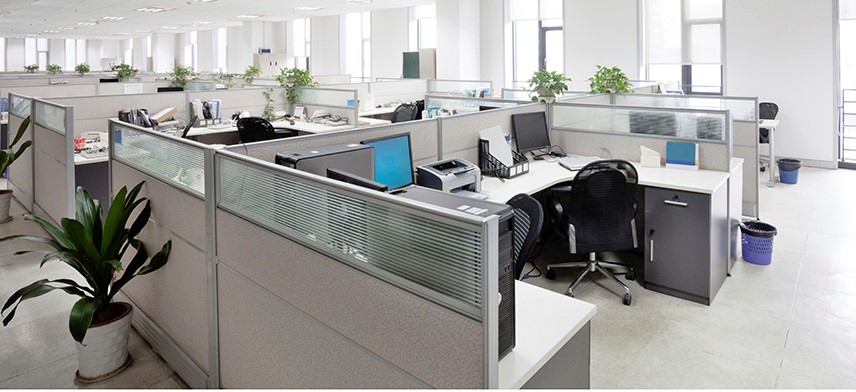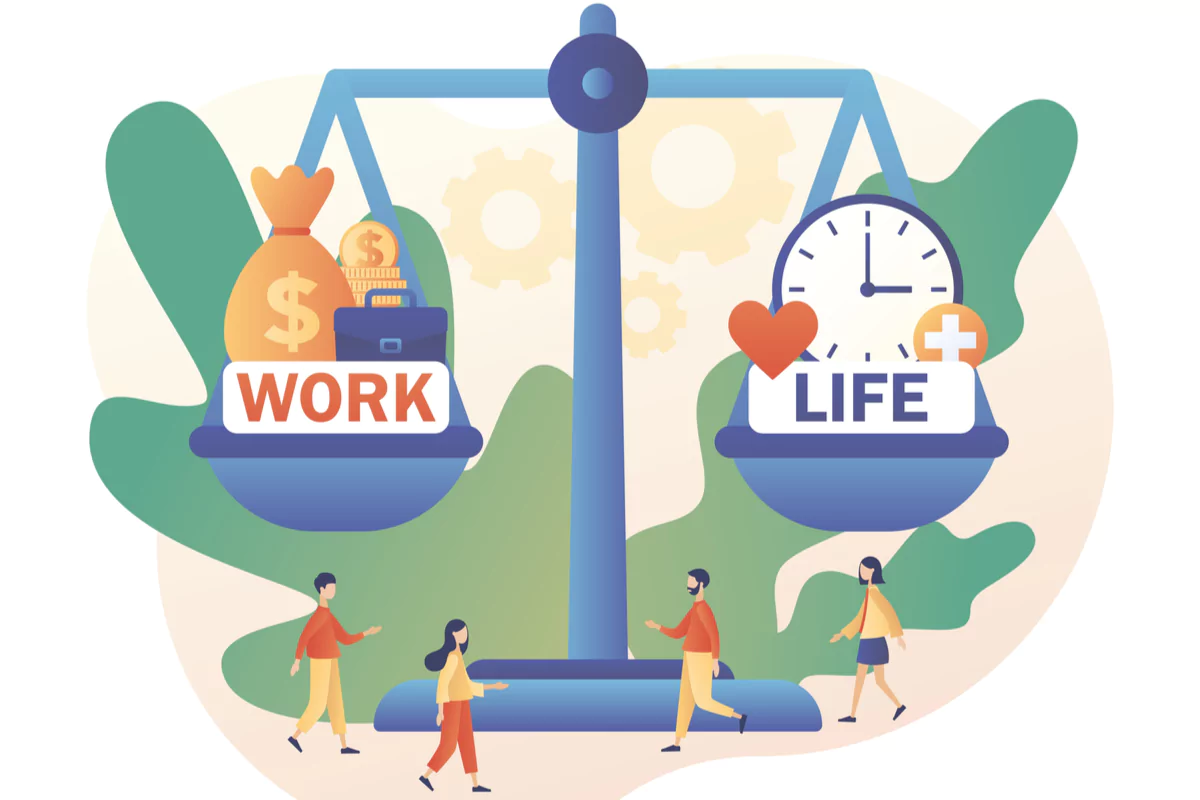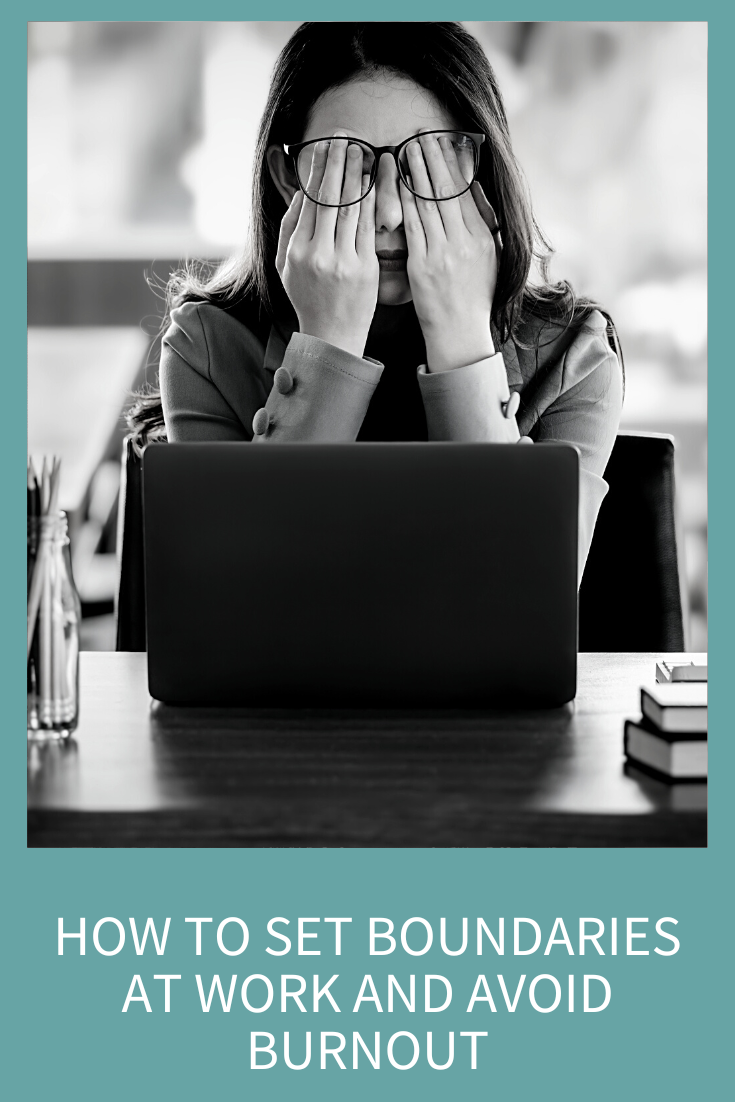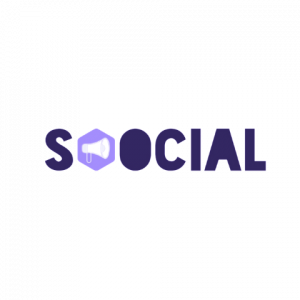As dawn breaks, many workers are already powering up their computers and preparing for the day ahead, well before the traditional office hour of 9 AM.
The clock strikes 7 PM, yet a significant number are still at their desks, wrapping up their tasks long after dusk.

This new routine, termed ‘7-to-7’, has become an increasingly common scenario, painting a vivid picture of today’s working environment.
Fueled by the disruptions of the pandemic, the conventional 9-to-5 workday has given way to longer, though fewer, workdays.
This shift, highlighted in a recent study by Bevi, underscores a fundamental change in work patterns and office dynamics.
Data-Driven Insights

The data presented by Bevi, a Boston-based company known for its office water dispensers, offers a unique lens into this shift.
By analyzing usage patterns of their machines, Bevi discovered that 25% of Fortune 500 companies witnessed a significant change in office attendance times.

Prior to the pandemic, the bulk of office workers commenced their duties between 9 and 10 AM.
However, post-pandemic findings show a 25% increase in workers starting their day at 7 AM, with over 2% arriving even earlier, between 5 and 7 AM.

The end of the workday has stretched similarly, with office presence at 7 PM markedly higher than in previous years.
The study also noted a novel trend in office attendance, peaking around noon and then declining, only to pick up again after 7 PM—a pattern absent in pre-pandemic times.

These insights not only reflect a shift in work hours but also suggest adaptations in worker habits and corporate policies, possibly aimed at avoiding peak rush hours and making the most of fewer office days.
Cultural Shifts in the Work Environment

This transformation in work hours is emblematic of deeper cultural shifts within workplaces.
As companies grapple with the balance between remote and in-office work, employees are redefining what productivity looks like.
This new paradigm fosters an environment where the quality of work often overshadows the quantity of hours spent at a desk.

Moreover, the flexibility to start early or work late allows employees to manage their time more effectively, aligning work commitments with personal responsibilities.
However, these extended hours raise questions about the sustainability of such a schedule and its impact on worker well-being.
Are employees burning the candle at both ends, or are they experiencing a more flexible and autonomous work life?
The answers vary, but the overarching theme is clear: the pandemic has irreversibly altered the landscape of work.
Embracing Flexibility

The Rise of Hybrid and Remote Work Models One of the most significant shifts in the post-pandemic workplace has been the widespread adoption of hybrid and remote work models.
As companies realized the potential for increased productivity and cost savings, many have embraced these flexible arrangements, allowing employees to split their time between the office and home.

According to a survey by Gallup, the percentage of employees working remotely or in a hybrid setup has increased from 33% in 2019 to over 60% in 2022.
This trend is not limited to specific industries or company sizes, with organizations across various sectors embracing the benefits of remote work, such as improved work-life balance, reduced commute times, and access to a broader talent pool.
However, the transition to remote and hybrid work has not been without its challenges.
Companies have had to navigate issues around communication, collaboration, and employee engagement, as well as concerns about data security and technological infrastructure.
Additionally, some employees have struggled with feelings of isolation and the blurring of work-life boundaries.
Impact on Specific Demographics

While the shift to extended work hours offers flexibility, it also presents significant challenges, particularly for working mothers.
The integration of longer hours into fewer days can complicate childcare arrangements, which often adhere to more traditional schedules.
According to research from the Fawcett Society, over a third of mothers feel trapped in their current jobs due to the flexibility it offers, with over 40% having declined promotions due to concerns about balancing work with childcare.

This demographic’s struggle underscores a critical oversight in the rapid restructuring of work environments.
Without sufficient support systems in place, the benefits of flexible hours can be nullified by the increased burdens they place on families, particularly those headed by single parents or working mothers.
The impact of the 7-to-7 workday extends beyond working mothers.

Young professionals, often driven by ambition and a desire to prove themselves, may be tempted to work excessive hours, sacrificing personal time and risking burnout.
Similarly, employees without family obligations may find themselves caught in a cycle of overwork, blurring the lines between their professional and personal lives.
Corporate Response and Adaptation
In response to these evolving needs, many companies are actively rethinking their work policies.
Hybrid models, core hours, and work-from-anywhere schemes are becoming more prevalent, offering a semblance of hope for those seeking a more balanced work life.

Organizations are now tasked with crafting environments that not only foster productivity but also support the diverse needs of their workforce.
For instance, some companies have adopted “core hours” where employees are expected to be available, typically between 10 AM and 4 PM, allowing for flexibility at the start and end of the day.
Others are experimenting with four-day workweeks, challenging the very notion that more hours equate to more productivity.
Promoting Work-Life Balance

Innovative Strategies As the lines between work and personal life continue to blur, companies are recognizing the importance of promoting a healthy work-life balance. Some innovative strategies being implemented include:
Unlimited Paid Time Off (PTO)

A growing number of companies are offering unlimited paid time off, allowing employees to take time off as needed, without accruing or tracking vacation days.
This approach aims to foster a culture of trust and personal responsibility, encouraging employees to prioritize their well-being without guilt or fear of negative consequences.
Wellness Programs

Many organizations are investing in comprehensive wellness programs, offering resources such as fitness classes, mental health counseling, and mindfulness workshops.
These initiatives help employees manage stress, maintain physical and mental health, and cultivate a more balanced lifestyle.
Flexible Working Arrangements

Beyond hybrid and remote work models, some companies are experimenting with flexible scheduling options, such as compressed workweeks or job sharing.
These arrangements allow employees to tailor their schedules to accommodate personal commitments, promoting a better work-life integration.
Boundaries and Disconnection Policies

To combat the risk of overwork and burnout, some companies are implementing policies that discourage after-hours communication or encourage employees to disconnect from work during non-working hours.
These measures aim to create clear boundaries and promote a healthier work-life balance.
Expert Opinions and Future Predictions

Industry experts, such as Debbie Wosskow, co-founder of AllBright, argue that intentionality in office attendance is crucial in a hybrid working world.
“How do you make those two days count? How do you make sure that you’re seen?”
Wosskow posits that in the evolving workplace, being physically present in the office must be strategic, maximizing visibility and collaboration.

Alicia Iveson, CEO of Hijinks Collective, highlights another aspect: “There were so many things that we’ve learned from that around the need for flexibility, particularly around the fact that you can still do the job, but it doesn’t have to be within the nine-to-five framework.”
Her insights suggest that the future of work may lean more towards results-oriented practices rather than strictly monitored hours.
As these discussions continue, it’s clear that the future workplace will likely look very different from its pre-pandemic counterpart.
The growing acceptance of flexible working arrangements and the success of remote and hybrid models may herald a new era of work that prioritizes well-being and efficiency over traditional office hours.

According to futurist and workplace expert Alexandra Levit, the 7-to-7 workday may be a transitional phase as companies and employees navigate the post-pandemic landscape.
“We’re still in the midst of a massive cultural shift,” she explains. “As we continue to adapt, we may see a greater emphasis on asynchronous work, where employees have the freedom to structure their days in a way that aligns with their personal rhythms and priorities.”
Levit predicts that technology will play a crucial role in enabling this shift, with tools and platforms that facilitate seamless communication, collaboration, and task management, regardless of time zones or physical locations.
Conclusion

The shift from a 9-to-5 to a 7-to-7 workday reflects broader changes in our societal approach to work and productivity.
While this new schedule offers increased flexibility and autonomy, it also presents challenges that require careful consideration and strategic management.
As businesses and employees navigate this new terrain, the long-term impacts on work-life balance, corporate culture, and employee well-being will continue to evolve.

